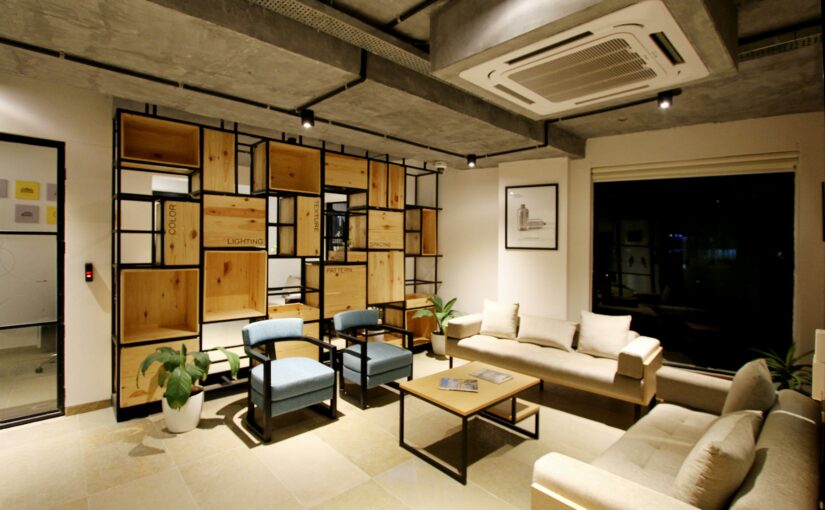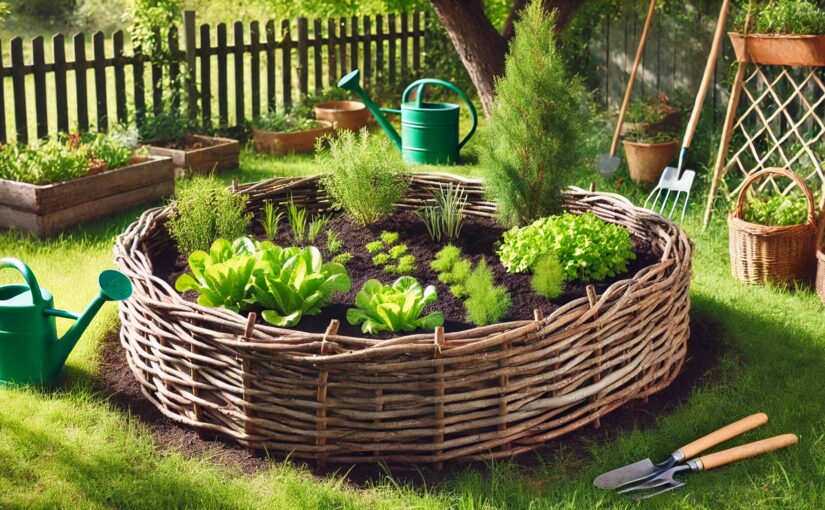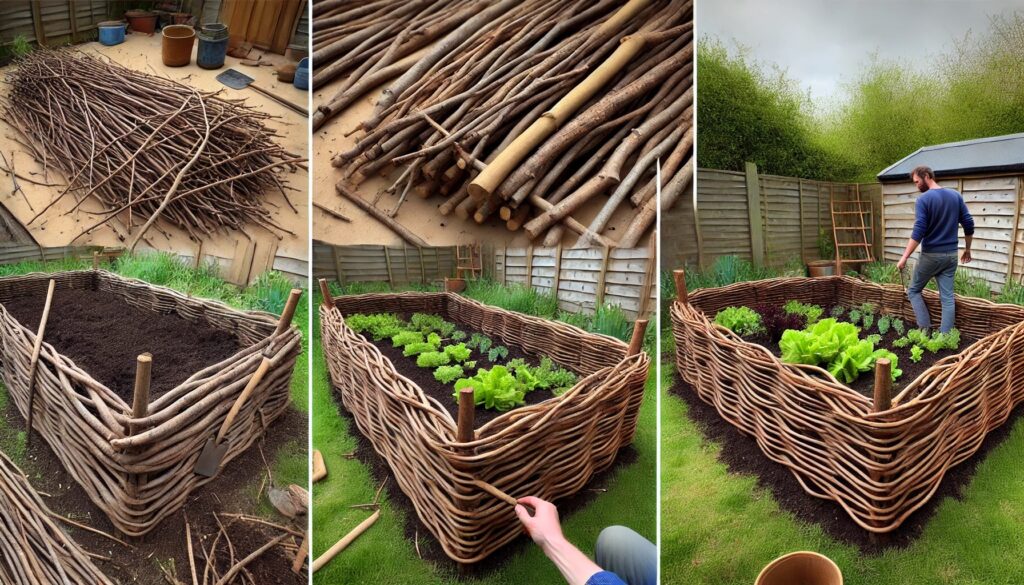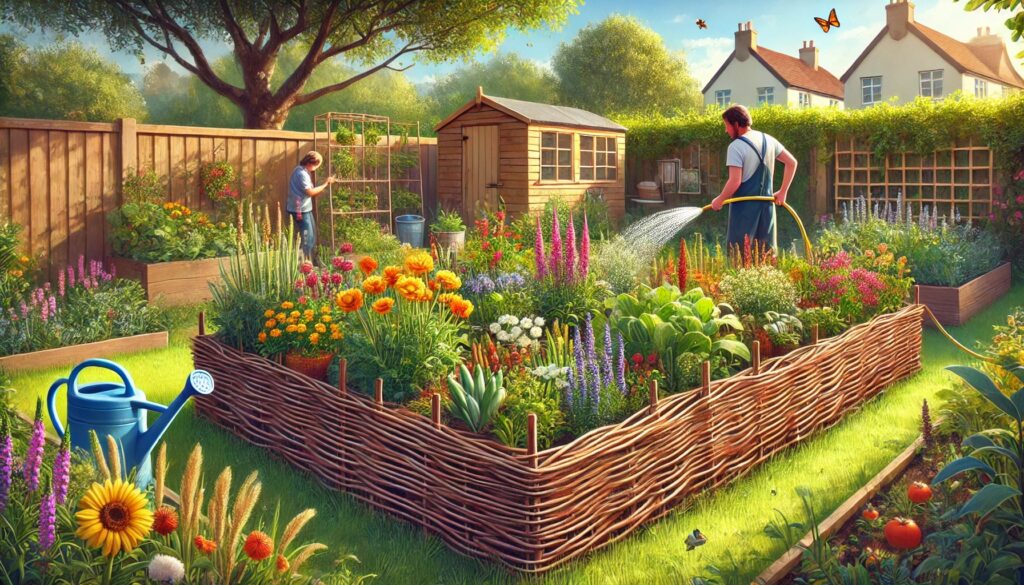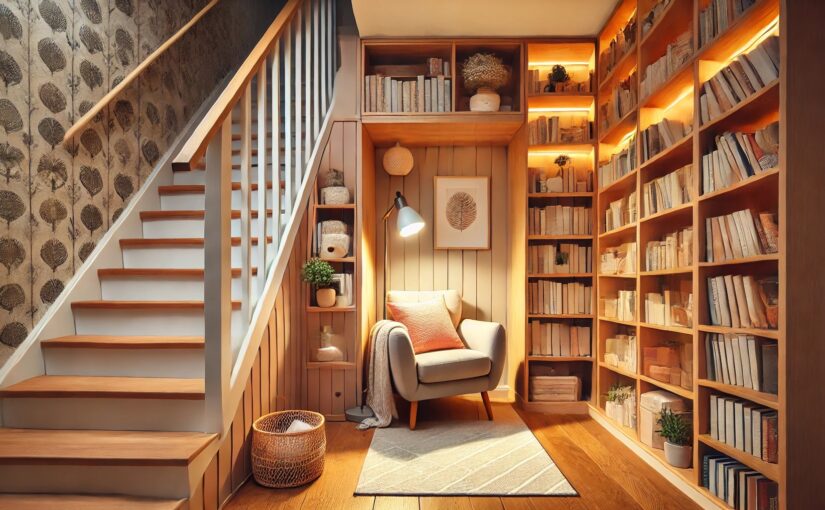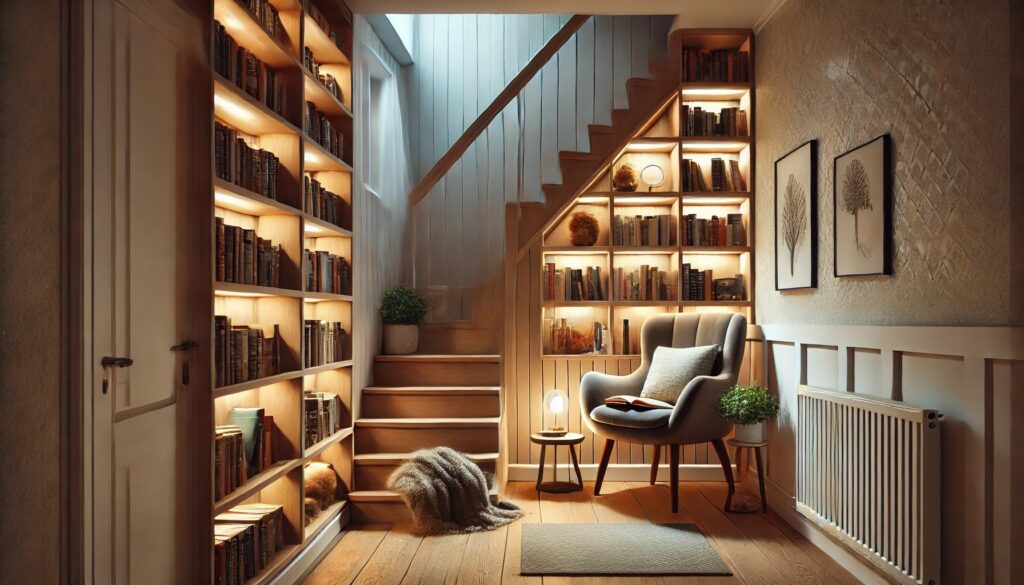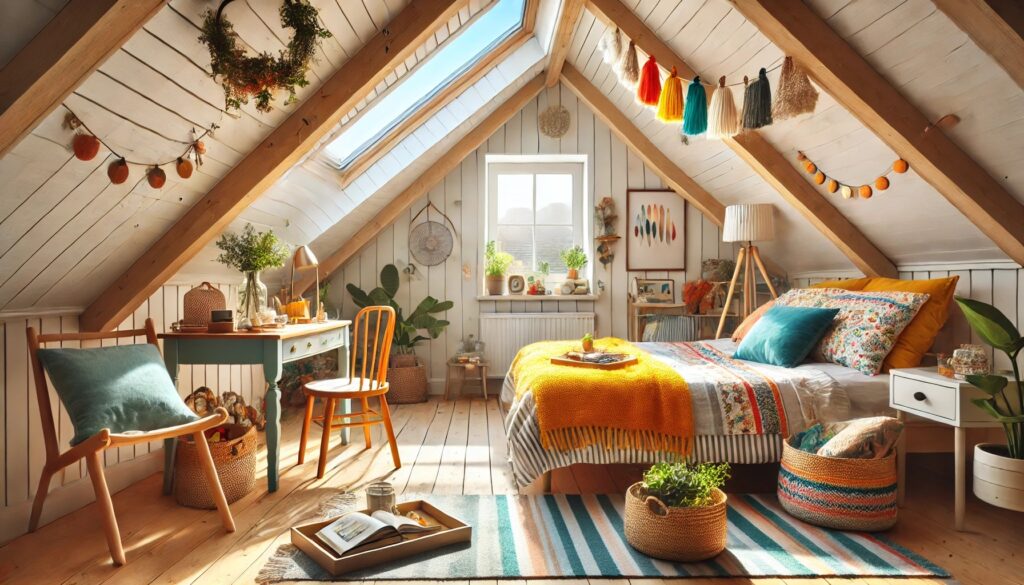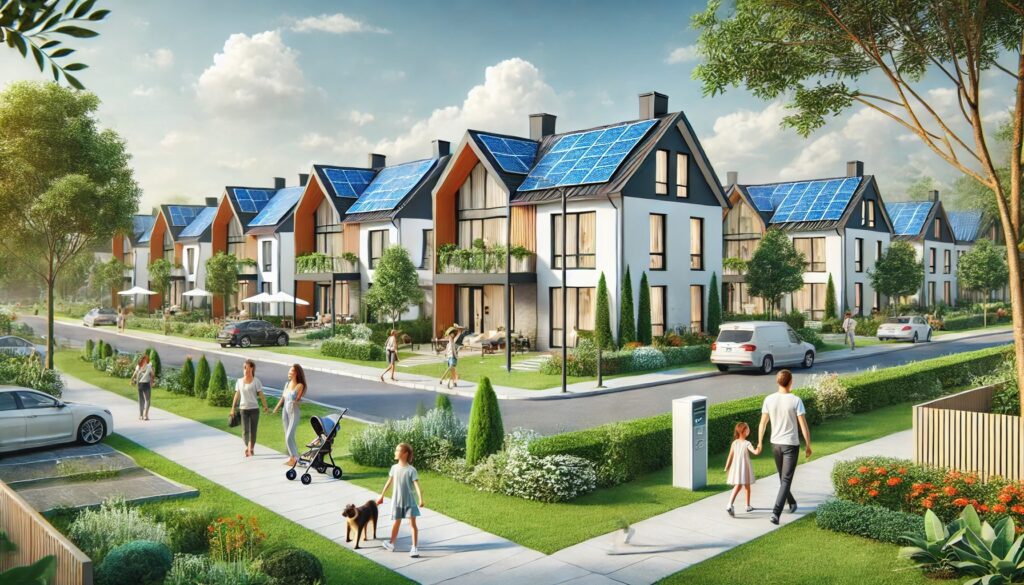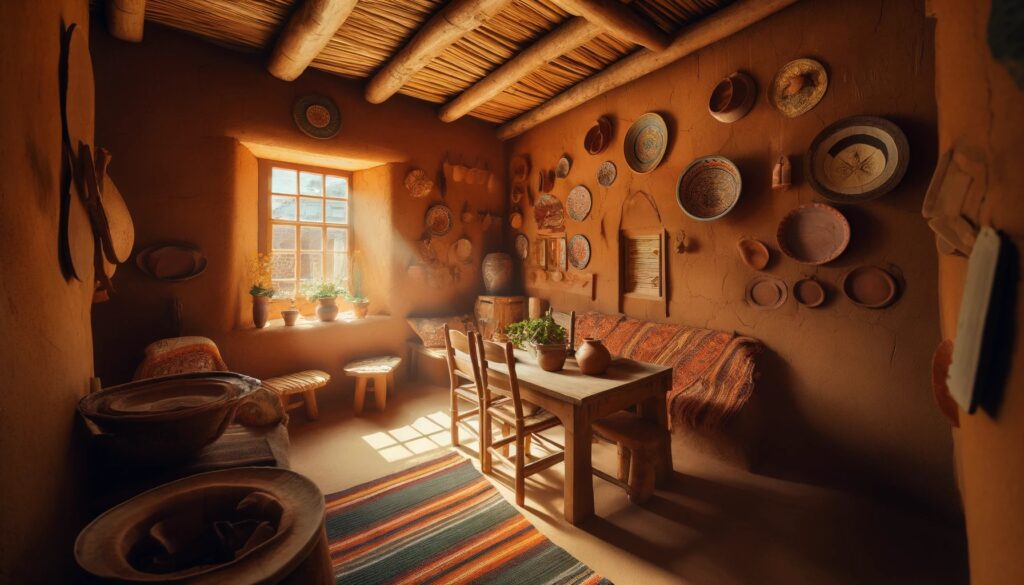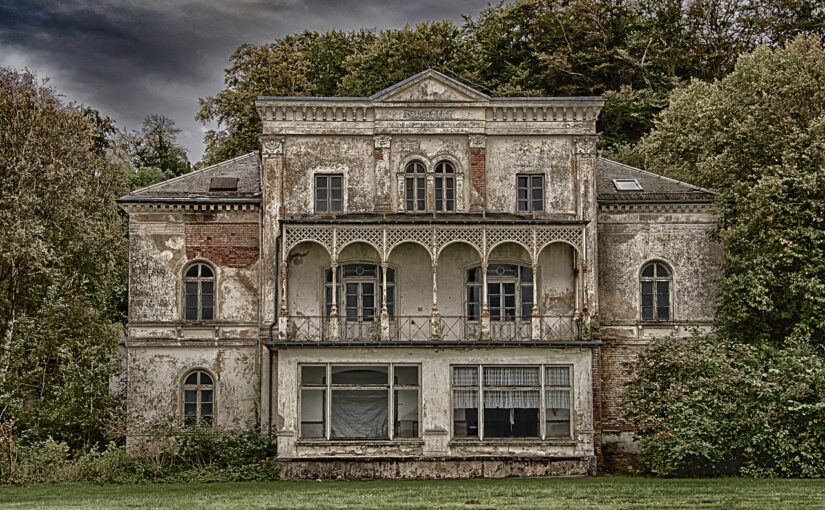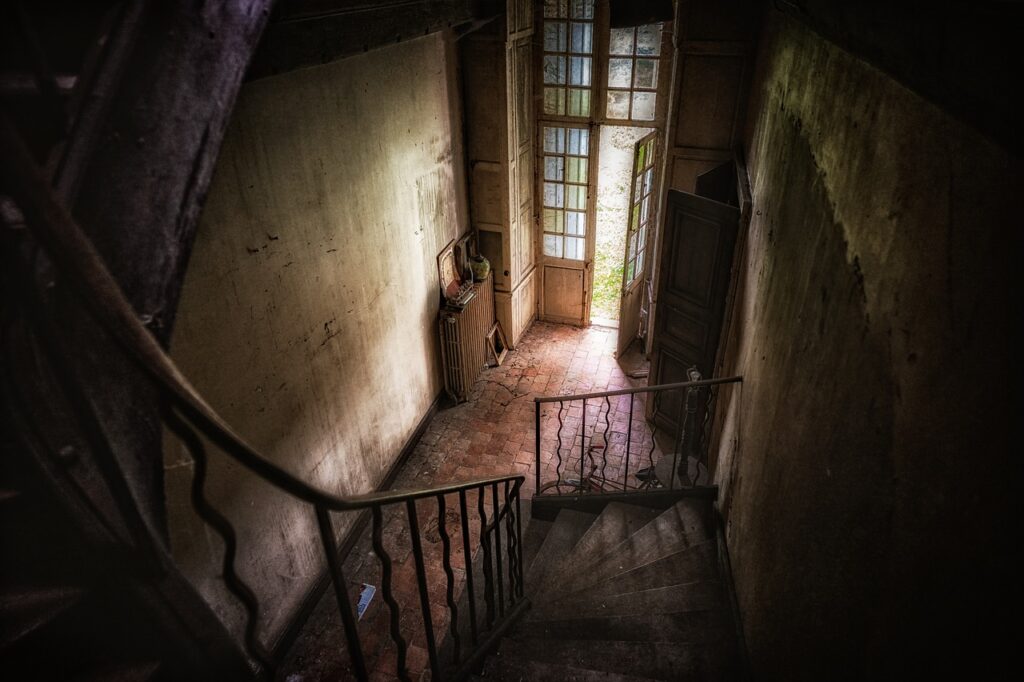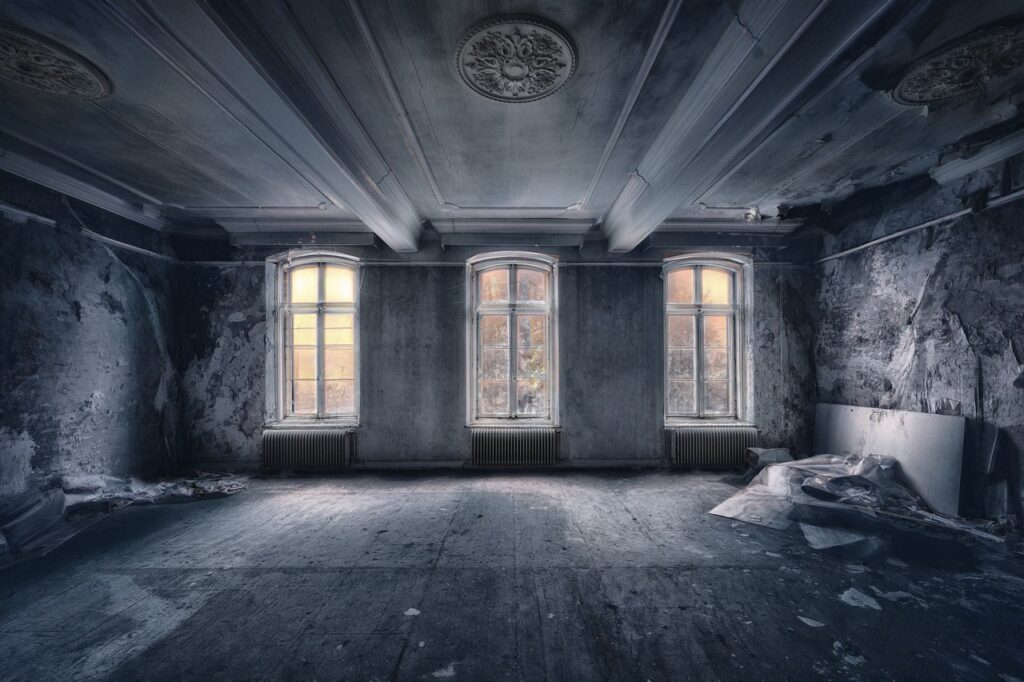Picture this: you walk into a home, and the lights flick on automatically, the thermostat adjusts to your perfect temperature, and a voice assistant plays your favorite music. Sounds like a dream, right? Well, it’s not as far-fetched as it once was. Smart home technology is no longer just for tech-savvy people or the rich and famous. It’s becoming a part of everyday life, adding value to homes and making living spaces more comfortable than ever. If you’re thinking about selling your home or just looking to make it more enjoyable, investing in smart home trends is a great move.
Here’s a look at how smart home trends are shaping the future of property value and comfort and why you might want to hop on the wagon.
1. The Rise of Smart Home Hubs: Your Home’s Brain
At the heart of any smart home is the hub – the device that brings everything together. Think of it as the brain of the operation. A smart home hub, like Amazon Echo or Google Home, controls all the other smart devices in the house with a single voice command or tap on your phone. These hubs have gone from “cool gadgets” to must-haves in many modern homes. Why? Convenience and efficiency.
Smart home hubs allow you to:
- Control lights, thermostats, security cameras, and even door locks in one place.
- Create routines, like turning off all the lights and locking the doors with one command at bedtime.
- Play music, get news updates, or check the weather by just asking.
Having a smart hub not only makes your life easier, but it also boosts the value of your home. Buyers are looking for homes that already come with tech that makes their lives simpler. Installing a smart hub shows your house is ready for the future.
2. Smart Thermostats: More Than Just Comfort
Let’s talk about comfort and cost savings. Smart thermostats, like the Nest Learning Thermostat or Ecobee, are a game changer. They don’t just let you adjust the temperature from your phone; they learn your habits over time. The more they learn, the more efficiently they run. Imagine coming home after a long day to a house that’s already set to your perfect temperature – no more fiddling with the controls.
But here’s the kicker: smart thermostats can save you money on energy bills by adjusting heating and cooling based on when you’re home or away. According to studies, homeowners can save up to 10-12% on heating and 15% on cooling costs just by switching to a smart thermostat.
Buyers love the idea of saving money and helping the environment. When it’s time to sell, having a smart thermostat already installed gives your home an eco-friendly edge, which can increase your property’s appeal.
3. Smart Lighting: Setting the Mood, Saving Energy
Lighting can transform a home’s atmosphere. And with smart lighting, you can control that mood with the tap of a button or even a voice command. Companies like Philips Hue offer smart lighting systems that allow you to dim lights, change colors, and even schedule when your lights turn on or off.
Want to wake up gently? Schedule your bedroom lights to gradually brighten in the morning. Hosting a dinner party? Set the mood with warm, dimmed lighting.
Smart lighting isn’t just about creating ambiance, though. It’s also energy-efficient. You can turn lights off remotely if you forget to when you leave the house, or set them to turn off automatically when no one is in the room. This is another feature buyers appreciate. It’s small touches like these that add value to a property without breaking the bank.
4. Smart Security Systems: Peace of Mind with a Tap
Security is a top priority for many homeowners. Smart security systems have revolutionized the way we protect our homes. With devices like Ring doorbells and Arlo cameras, you can keep an eye on your property from anywhere in the world. These systems allow you to:
- See who’s at the door through your phone.
- Get alerts if movement is detected around your house.
- Speak to visitors (or scare off intruders) with two-way audio.
Smart locks are another key feature of a secure smart home. With brands like August and Schlage, you can lock or unlock your door remotely, or even set it to lock automatically when you leave. Forgot your keys? No problem. You can let yourself in with just your phone.
A home with a smart security system feels safer, and that peace of mind is priceless to potential buyers. Security upgrades not only enhance comfort but also make your home more marketable.
5. Smart Appliances: Making Life (and Cooking) Easier
Kitchen lovers, this one’s for you. Smart appliances are making their way into homes and adding convenience that’s hard to pass up. Imagine having a fridge that tells you when you’re out of milk or an oven that you can preheat from your phone while you’re on your way home.
These high-tech appliances may seem like luxuries, but they are becoming more common. Smart refrigerators, dishwashers, and washing machines not only make daily chores easier but also help save energy. For example, smart fridges can adjust their energy consumption based on how full they are, and some smart ovens can even suggest recipes based on what’s inside.
These appliances are great selling points. When buyers see that a home comes with smart appliances, they know they’re getting the latest in convenience and technology. It’s an easy way to make your property stand out.
6. Voice Assistants: The Future of Home Control
Voice assistants like Amazon’s Alexa, Google Assistant, and Apple’s Siri have become a staple in smart homes. These AI-powered helpers can do everything from playing music to turning off the lights, setting reminders, or even helping with shopping lists.
But what makes voice assistants truly valuable is how they integrate with other smart devices. They act as the command center for your entire home. With one voice command, you can control multiple devices at once. Want to lock the doors, dim the lights, and turn on your favorite show? Just ask your assistant.
Integrating a voice assistant into your home is a cost-effective way to enhance comfort and impress potential buyers. It shows that your home is not only modern but also easy to live in.
7. Smart Irrigation Systems: Watering Your Lawn the Smart Way
Smart technology isn’t limited to the inside of your home. Your garden can get in on the action too. Smart irrigation systems, like the Rachio, allow you to control your sprinklers from your phone. These systems can monitor weather conditions and adjust watering schedules accordingly, ensuring that your plants get just the right amount of water – no more, no less.
This is not only great for maintaining a beautiful yard but also for conserving water and lowering utility bills. Smart irrigation systems are becoming increasingly popular, especially in areas prone to drought. For buyers who are environmentally conscious, having a water-efficient yard is a huge plus.
8. Energy Monitoring: Smarter, Greener Homes
One of the most attractive features of a smart home is its ability to help you save energy. Smart energy monitoring systems, like Sense or Neurio, track your home’s energy usage in real-time. You can see which devices are using the most power and adjust your habits accordingly.
These systems provide valuable insights into where energy (and money) is being wasted, and they can suggest ways to be more efficient. For environmentally minded buyers, a home with energy monitoring shows that you care about sustainability – and that’s a powerful selling point.
9. Smart Entertainment: Bringing Fun Home
Lastly, let’s not forget about the fun stuff. Smart entertainment systems take home living to the next level. With a smart TV or home theater system, you can control everything from the volume to the content you watch using your phone or voice.
Streaming services, gaming consoles, and sound systems all sync seamlessly, creating a smooth entertainment experience. You can even integrate your system with smart lighting for the ultimate movie night experience. It’s little touches like this that add to the comfort and enjoyment of your home.
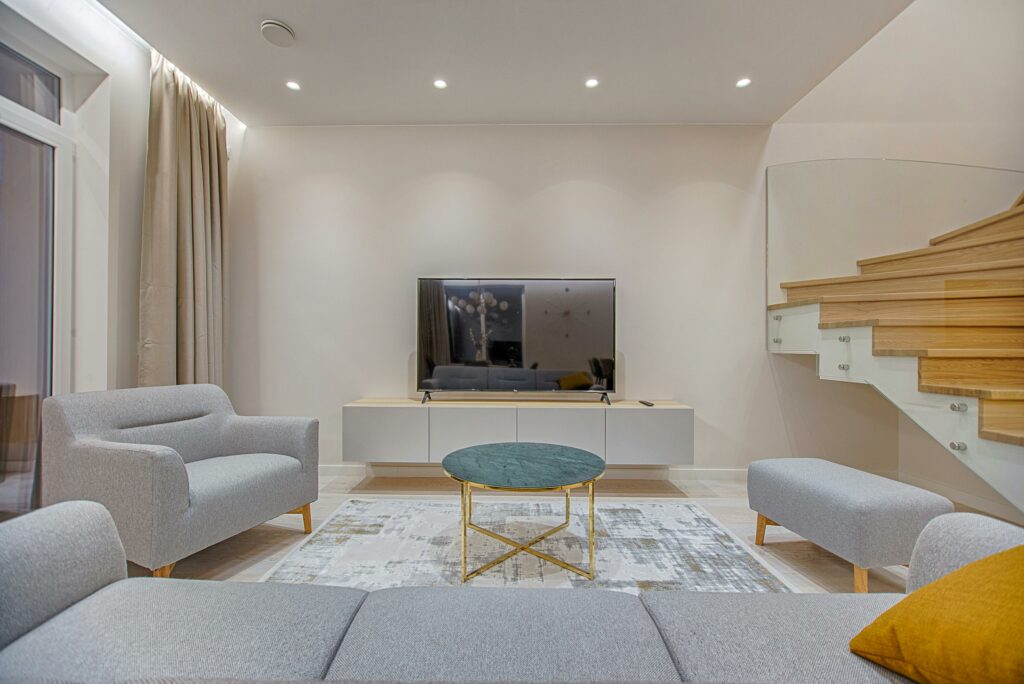
Wrapping It Up
Smart home trends are more than just flashy gadgets – they’re practical tools that add value, comfort, and efficiency to your property. From smart thermostats to security systems and voice assistants, there’s no shortage of ways to upgrade your home for a more convenient lifestyle.
And the best part? These features not only make your life easier now, but they also make your property more attractive when it’s time to sell. Buyers love the idea of walking into a home that’s already equipped with the latest tech. Whether you’re looking to stay put or eventually move on, investing in smart home technology is a win-win for everyone.
If you’re looking to transform unused spaces in your home, check out some creative ideas that add value. And for those thinking about achieving big goals, like homeownership, here’s how to save for those dream projects.
So why wait? Get smart and start upgrading your home today!
